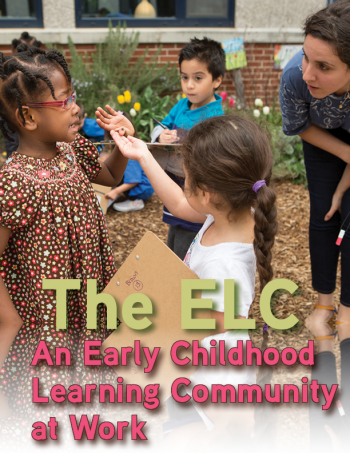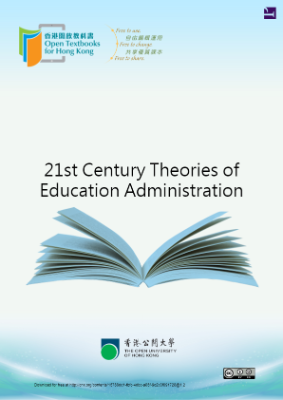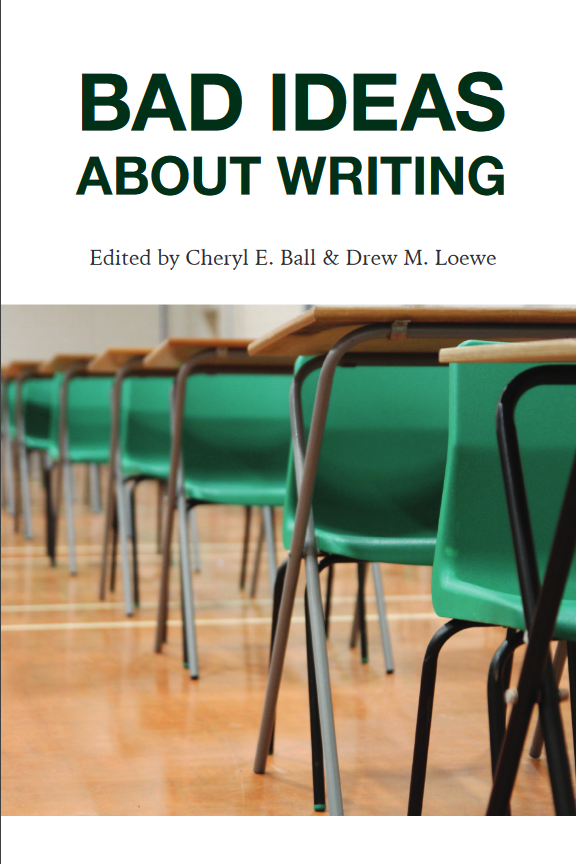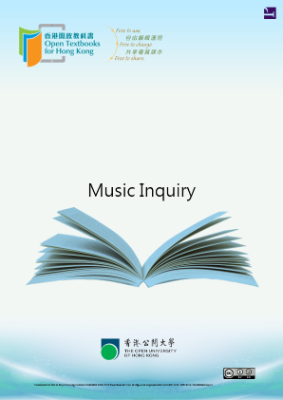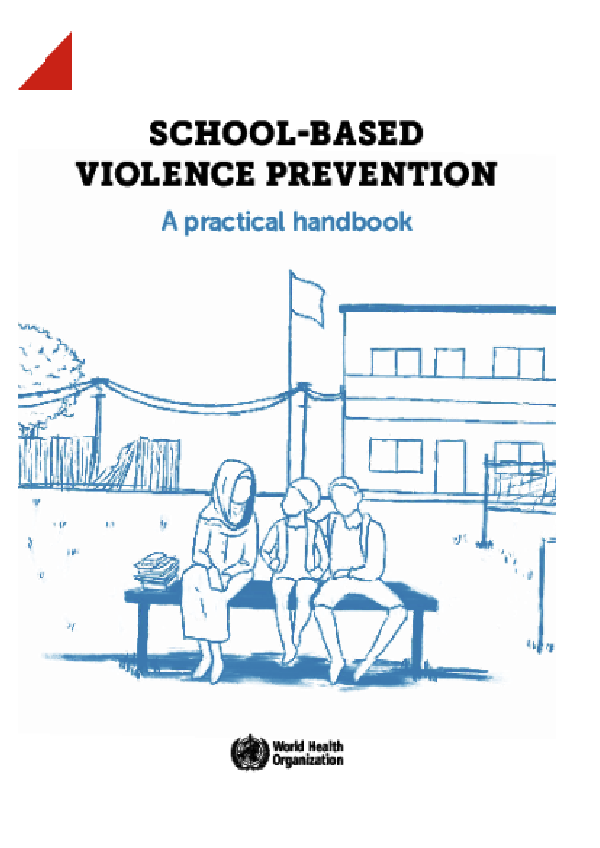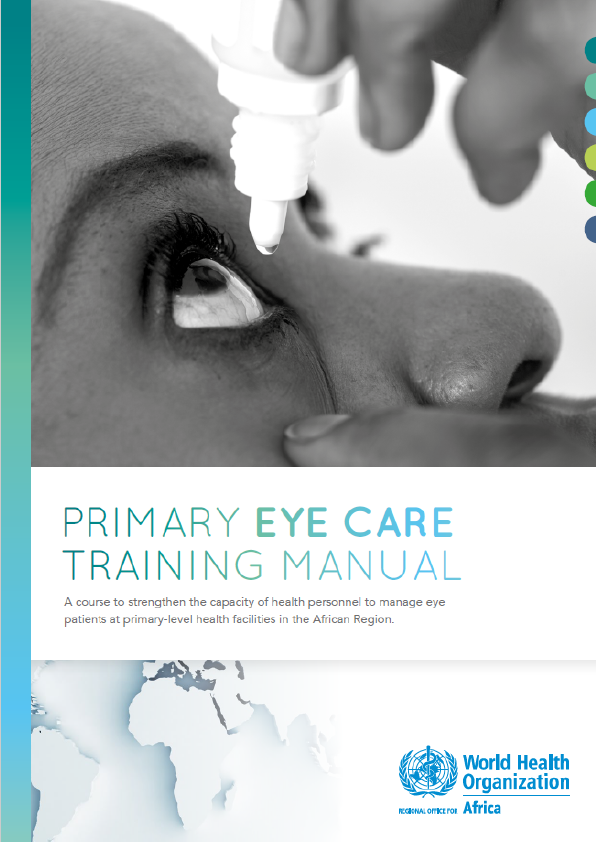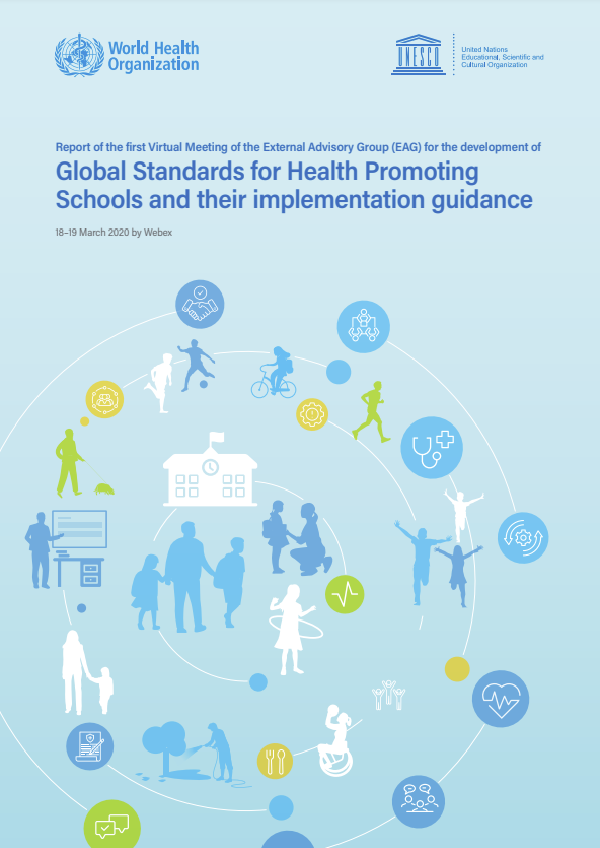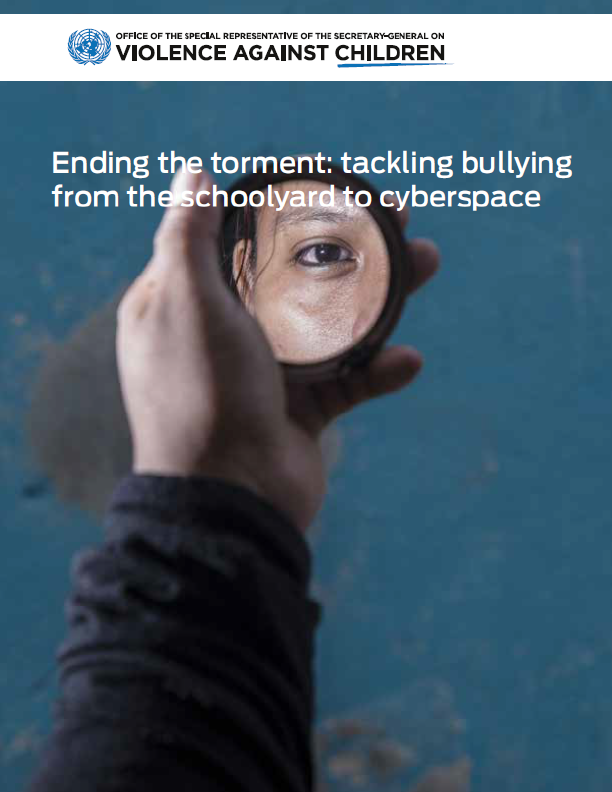When I think of teamwork, I am reminded of a demonstration that I once saw. The presenter had a pile of pencils. He picked up a pencil, put it in one hand, and with a dramatic snap, he had broken it in half. He then went on to attempt to break a bundle of pencils. Of course, they would not break. The message he hoped to convey to us with this simple exercise? Together we are stronger. This was the driving concept behind a project I participated in over the course of four semesters. The Early Learning Community (ELC) was a collaborative effort between a college, a Child Care Council, and local child care programs. With a grant from the New York State Office of Children and Families (NYS OCFS), the project leaders recruited team leaders from the college and from the community. Each team leader worked with an undergraduate early childhood teacher candidate, a teacher, and a teacher assistant in a local early childhood program, and when possible, the director of the program, too, during a practicum field experience.
Each team designed an action research project. Teams started by asking a question or stating a problem they faced in their classroom. For example, “How can we improve behavior in a class of 3-year-old boys?” Then the team researched their question. Video equipment, purchased with grant funds, was used to document and explore the research question. Through video analysis, and exploring their own perceptions, the team members started to polish and sharpen their particular question, and develop a research topic. The teacher candidates used their access to the college library to look for literature related to their topic, and then shared that with the team. After reviewing the literature, the team came up with a strategy to try, and a tool to evaluate their strategy. After implementation and evaluation, conclusions were drawn, and the teacher candidates created presentations to share with all the other teams.
So how were we stronger together? First, through collaborating with the child care programs, and the Child Care Council, the college was able to access the NYS OFCS grant. Then, each team became stronger because it combined with a team leader, with a teacher candidate, and with program staff during the practicum field placement experience. Each team member brought his or her own strengths to the team:
- As organizers and facilitators, the team leaders could give feedback and direct the flow of conversations with an outsider’s eye, as he or she did not work within the program.
- Teacher candidates had fresh, new ideas, newly acquired in college classes. They also had easy access to the college library and were often more comfortable using the video recording technology. These days, everyone carries recording equipment in their pocket. But during the program, this was the exception.
- Program staff brought years of experience and practical knowledge to the team. They were also the ones who were consistently present in the classrooms, so they often saw things that a team leader and teacher candidate did not.
Finally, we were stronger because we reviewed current research in published books and journals. We had the strengths of the whole Early Childhood field behind us. Together, we were able to improve practice in the classrooms with an eye toward helping all early childhood staff to work more effectively, understanding how children learned. So together, we are stronger.
The structure of this book is organized into three parts. In Part I, the initial challenges that stimulated the idea of the ELC are described. An explanation of the stages in setting up the ELC is provided to guide our audience, should they choose to replicate this model. In Part II, six case studies that represent common teaching challenges experienced by teacher candidates during Practicum illustrate the ELC in action. In Part III, participants’ findings about the ELC, along with conclusions and recommendations for future early childhood professional development programs are made.
